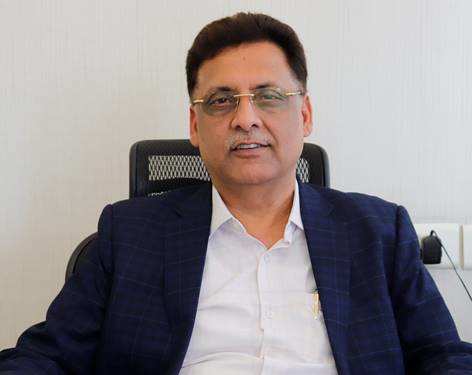The unprecedented pandemic has taught the world that sudden changes and shifts in market demands can come unannounced. The ever changing market dynamics has forced Businesses to gradually migrate all their financial processes on to a digital platform. This presupposes a robust system that can effectively manage cash visibility, funding needs and cash Flow forecast and thus mitigate a Corporate’s financial and operational risks. This necessitates a cutting edge Treasury Management System (TMS).
Even before the pandemic brought copious changes, TMS was already enabling digital transformation in the niche corporate functionalities. Besides, treasurers have faced the infamous 2008 financial crisis in its full glory. However, it is still debatable whether the corporate treasury fully exploited the supreme power of advanced technology, or not.
Digital Transformation of Treasury: A Value-realization
A study conducted by EuroFinance and JP Morgan quoted Scott Lambert (Treasury Managing Director & Assistant Treasurer, Cigna) saying that the Treasury has evolved from being largely perceived as a back-office support function to an integral value-added aspect of the business. His statement proves that the treasury is efficiently making use of advanced financial technology.
In fact, the same study stated that only 10% of the respondents (treasurers) don’t believe that Machine Learning (ML) and Artificial Intelligence (AI) are going to benefit the treasury’s productivity. The rest, 90% of the respondents, are seamlessly adopting Application Programming Interface (APIs), Robotic Process Automation (RPA), ML, and AI.
One of the most significant barriers to adopting the aforementioned ultramodern tools is the presence of legacy technologies. Many veteran treasurers still feel reluctant when it comes to adopting futuristic technologies. Needless to say, this newfound shift is not uniform, and it won’t happen overnight. It’s also not evenly distributed across different industries. Nevertheless, for most corporations with an adequate digital strategy in place, automation of manual tasks is a top priority.
The arrival of cutting-edge financial technology has proved a game-changer for the modern-day treasury system.
The advent of modernistic technology and their increasing usage
The digital world thrives on data analysis and insights, compiled meticulously in a single repository and presented in a dashboard to elevate an otherwise theoretical presentation. However, multiple factors make the treasury system an integral part of modern-day corporate management. For example, having real-time data with 100% accuracy is crucial to empower the treasury in making the right business-centric decisions at the right time.
Treasurers can secure straight-through communication across different systems on the back of APIs, RPA, blockchain, and other automation tools. Moreover, with volumes of historical data already available in the ecosystem paired with advanced technologies, treasuries are now taking futuristic approaches to do predictive analytics. This further optimizes the strategic operations and financial wellbeing of corporations.
Role of the treasury in Environmental, Social and Governance
Given the rapidly evolving consumer mindset, priorities, and new-age ideation and requirements, Environmental, Social, and Governance (ESG) is now far more valued than ever before. In fact, it is often considered as a hard-hitting and sophisticated portfolio of a company’s ethical values and potential. The rapidly changing ecosystem demands TMSs and finance organizations to embrace opportunities to play a strategic role in attempting ESG initiatives. In truth, modern investors have also started weighing in ESG factors while identifying an investment-worthy company.
A treasury’s core ESG focus should be on a holistic approach consisting of operational resilience, investment and business ecosystem sustenance, creative risk management techniques, and an all-encompassing regulatory framework.
In a nutshell
The modern-age Supply Chain ecosystem is not limited to corporations connecting with their vendors. Instead, it has become a holistic, all-inclusive proposition to embrace Financial Institutions and market information providers as prominent stakeholders. This is empowered by leveraging technologies such as AI, ML, Block Chain etc. It is apparent that this results in an ecosystem that is greater than the sum of its parts.
Disclaimer
Views expressed above are the author’s own.
END OF ARTICLE
Credit: Source link





















